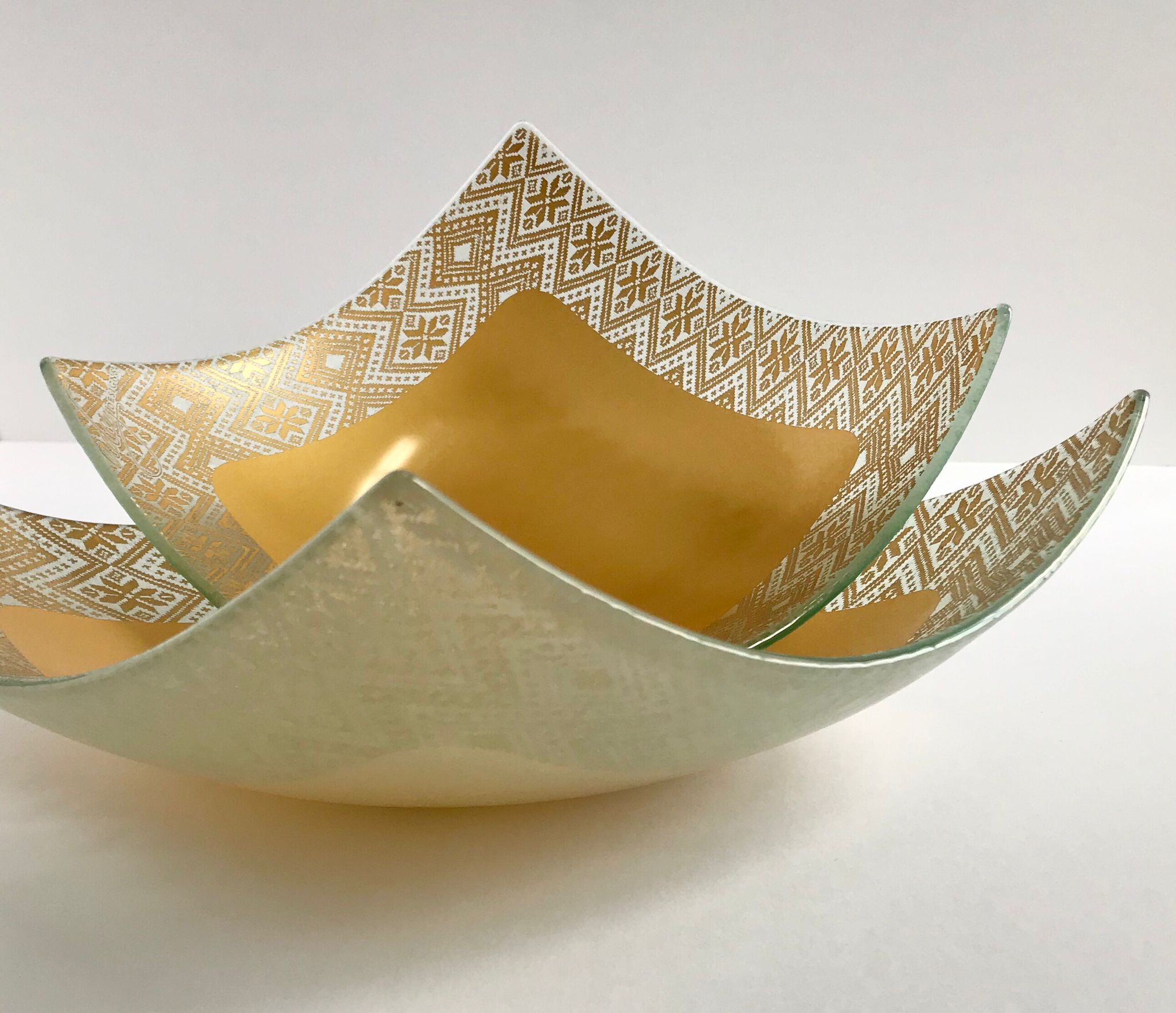Original Story Published by: Sarah Maisey for The National
Photo Source: ASOS Foundation
(Above) The Kujuwa Initiative turns leftover scraps of fabric from Asos’s fashion line produced by local factory Soko Kenya into reusable sanitary towels for school-going girls. The washable pads are practical, durable and hygienic.
The West has never been shy about recycling Africa’s cultural heritage. The Cubism art movement of the early 1900s, for example, bears an uncanny resemblance to West African sculpture, while the Benin Bronzes that now fill European museums are originally from the Kingdom of Benin (in what is now Nigeria).
The casual plundering of the ideas and artworks of African nations has gone on for aeons. However, considering this is a continent of 54 countries, with a land mass of 30 million square kilometres, this cultural cross-pollination between Africaand the rest of the world was perhaps inevitable. After all, trade routes have served to spread new ideas and innovations for hundreds of years.
Much of that pilfering could be deemed flattering, too, such as when Yves Saint Laurent declared it was the bustling streets of Marrakech that taught him about colour, or when Picasso and Braque first gazed on Fang masks from Gabon, which forever altered their use of proportion.

Other theft, however, is less easy to stomach, such as the bleak cruelty of the slave trade, which saw an estimated 23.5 million people ripped from their families, or the display of children as exhibits in European human zoos until the 1950s.
To read the full article, visit The National.









